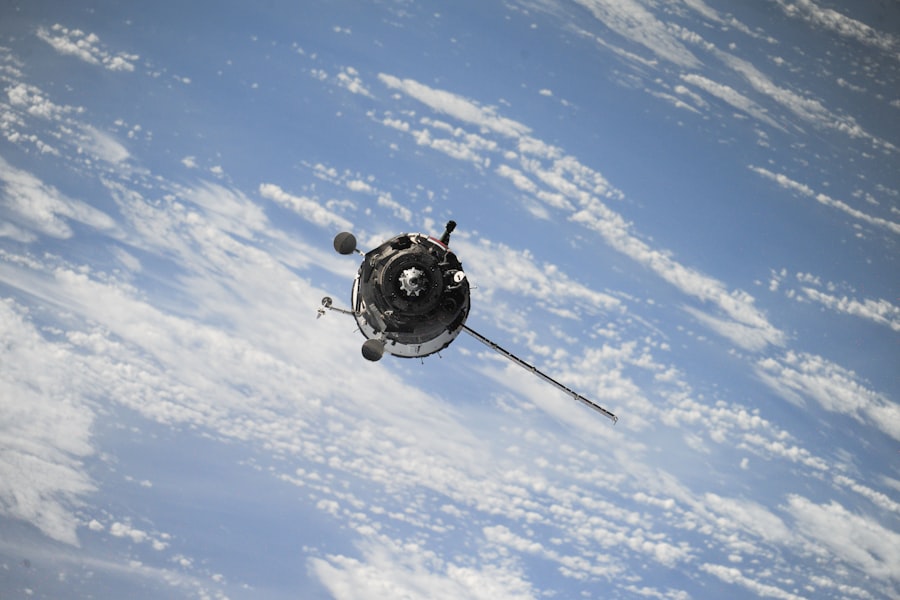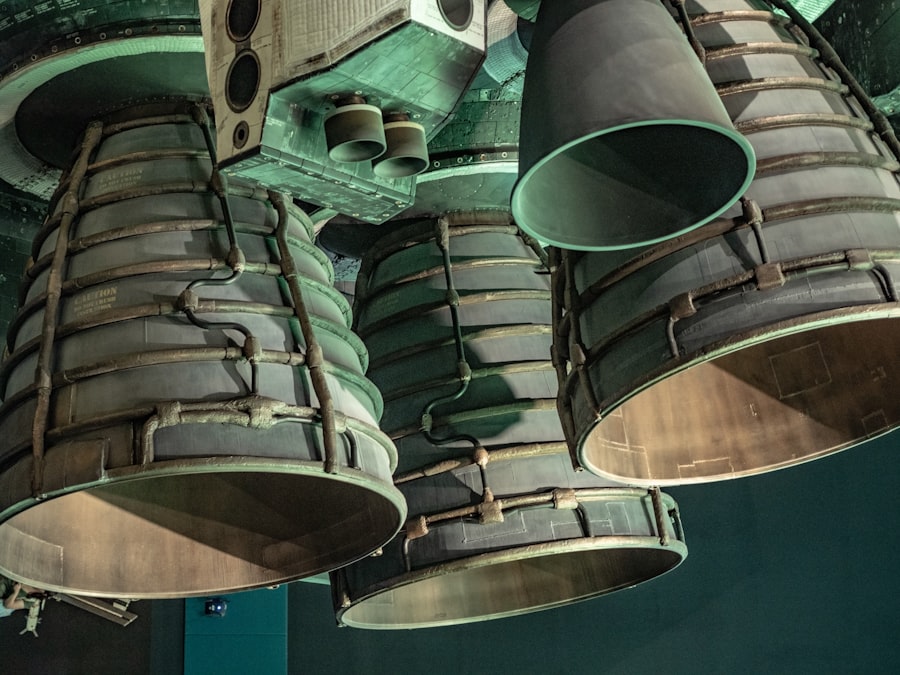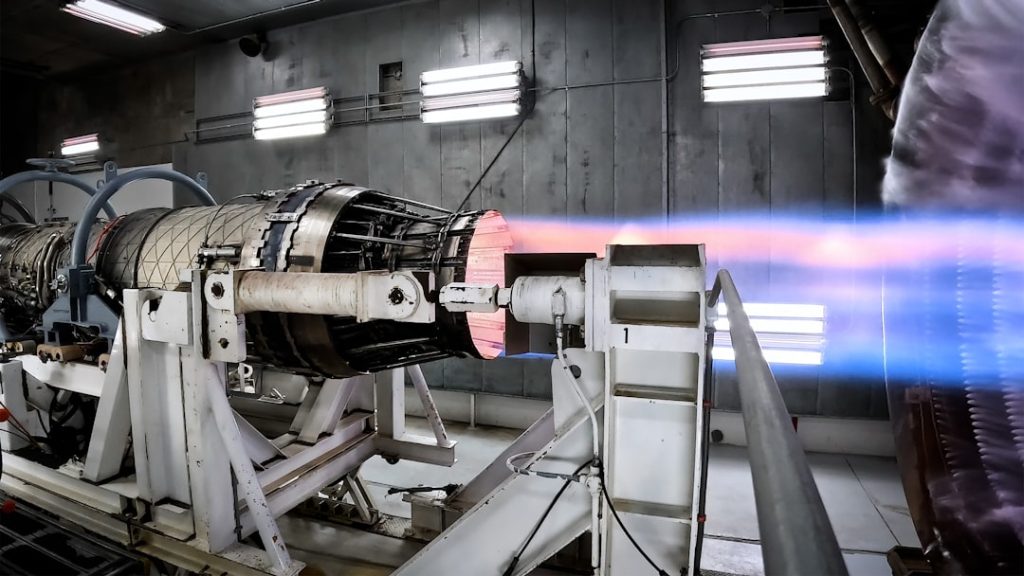Aerospace technology encompasses a broad spectrum of engineering disciplines and scientific principles that are essential for the design, development, and operation of aircraft and spacecraft. This field integrates various domains, including aerodynamics, propulsion, avionics, materials science, and systems engineering. The evolution of aerospace technology has been marked by significant milestones, from the Wright brothers’ first powered flight in 1903 to the sophisticated spacecraft that now explore the far reaches of our solar system.
The interplay between innovation and application has driven advancements that not only enhance transportation but also contribute to national security, scientific research, and global connectivity. The aerospace sector is characterized by its complexity and the high stakes involved in its operations. Safety is paramount, as even minor failures can lead to catastrophic consequences.
Consequently, rigorous testing and validation processes are integral to the development of aerospace technologies. The industry is also heavily regulated, with organizations such as the Federal Aviation Administration (FAA) and the European Union Aviation Safety Agency (EASA) overseeing compliance with safety standards. As we delve deeper into the intricacies of aerospace technology, it becomes evident that the challenges faced today are as multifaceted as the solutions being developed.
Key Takeaways
- Aerospace technology encompasses the design, development, and production of aircraft, spacecraft, and related systems and equipment.
- Current challenges in aerospace technology include the need for more fuel-efficient and environmentally friendly aircraft, as well as the increasing demand for air travel and space exploration.
- Advancements in aerospace materials, such as carbon fiber composites and advanced alloys, have led to lighter and stronger aircraft and spacecraft designs.
- Artificial intelligence plays a crucial role in aerospace technology, from autonomous flight systems to predictive maintenance and mission planning.
- Sustainable aviation and aerospace technology focus on reducing carbon emissions, noise pollution, and environmental impact through innovative design and alternative fuels.
Current Challenges in Aerospace Technology
The aerospace industry is currently grappling with several pressing challenges that threaten to impede its growth and innovation. One of the most significant issues is the increasing demand for air travel, which has surged in recent years. This demand places immense pressure on existing infrastructure, leading to congestion at airports and air traffic control systems.
The need for more efficient air traffic management solutions has never been more critical, as delays and inefficiencies can have cascading effects on schedules and operational costs. Another challenge is the environmental impact of aviation. The aviation sector is a substantial contributor to greenhouse gas emissions, accounting for approximately 2-3% of global CO2 emissions.
As public awareness of climate change grows, there is increasing pressure on the industry to adopt more sustainable practices. This includes not only reducing emissions but also addressing noise pollution and other environmental concerns associated with aircraft operations. The challenge lies in balancing the need for growth in air travel with the imperative to protect the environment, prompting a search for innovative solutions that can mitigate these impacts.
Advancements in Aerospace Materials

The development of advanced materials has been a cornerstone of progress in aerospace technology. Traditional materials such as aluminum have long been used in aircraft construction due to their favorable strength-to-weight ratio. However, recent advancements have led to the emergence of composite materials, which offer even greater benefits.
Carbon fiber reinforced polymers (CFRPs), for instance, are now widely used in modern aircraft due to their lightweight properties and exceptional strength. These materials not only enhance fuel efficiency but also improve overall performance by allowing for more aerodynamic designs. In addition to composites, researchers are exploring new metallic alloys that can withstand extreme temperatures and pressures encountered during flight.
Titanium alloys, for example, are increasingly utilized in critical components such as engine parts and airframes due to their high strength-to-weight ratio and corrosion resistance. Furthermore, innovations in additive manufacturing, or 3D printing, are revolutionizing how aerospace components are produced. This technology allows for the creation of complex geometries that were previously impossible to manufacture using traditional methods, leading to weight savings and reduced material waste.
The Role of Artificial Intelligence in Aerospace Technology
| Metrics | Data |
|---|---|
| Efficiency Improvement | AI can improve efficiency in aerospace technology by optimizing flight routes and reducing fuel consumption. |
| Maintenance Predictions | AI can analyze data from aircraft sensors to predict maintenance needs, reducing downtime and improving safety. |
| Autonomous Systems | AI enables the development of autonomous systems for tasks such as unmanned aerial vehicles and air traffic control. |
| Quality Control | AI can be used for quality control in manufacturing processes, ensuring the production of reliable aerospace components. |
| Risk Assessment | AI can analyze complex data to assess risks and improve safety in aerospace operations. |
Artificial intelligence (AI) is transforming aerospace technology by enhancing decision-making processes and automating various functions within aircraft systems. AI algorithms can analyze vast amounts of data generated during flights, enabling predictive maintenance that anticipates potential failures before they occur. This proactive approach not only improves safety but also reduces operational costs by minimizing unscheduled maintenance and downtime.
Moreover, AI is playing a crucial role in optimizing flight operations. Advanced algorithms can analyze real-time data on weather conditions, air traffic, and fuel consumption to determine the most efficient flight paths. This capability not only enhances fuel efficiency but also contributes to reducing emissions by minimizing unnecessary fuel burn.
Additionally, AI-driven systems are being integrated into cockpit operations, assisting pilots with tasks such as navigation and system monitoring, thereby improving situational awareness and overall flight safety.
Sustainable Aviation and Aerospace Technology
Sustainable aviation is an increasingly critical focus within the aerospace industry as stakeholders seek to address environmental concerns associated with air travel. One of the most promising avenues for achieving sustainability is the development of alternative fuels. Sustainable aviation fuels (SAFs), derived from renewable sources such as biomass or waste materials, have the potential to significantly reduce carbon emissions compared to traditional jet fuels.
Airlines are beginning to invest in SAF production facilities and partnerships to facilitate a transition toward greener fuel options. In addition to alternative fuels, advancements in electric propulsion systems are gaining traction as a means of reducing aviation’s carbon footprint. Electric aircraft are being developed for short-haul flights, utilizing battery technology that has seen rapid improvements in energy density and efficiency.
Companies like Pipistrel and magniX are at the forefront of this movement, demonstrating that electric aircraft can be viable alternatives for regional travel. Furthermore, hybrid-electric systems are being explored as a transitional solution that combines conventional engines with electric propulsion to enhance efficiency while maintaining performance.
The Future of Space Exploration

The future of space exploration is poised for unprecedented growth and innovation as both governmental agencies and private companies invest heavily in new technologies and missions. NASA’s Artemis program aims to return humans to the Moon by 2024, establishing a sustainable presence that will serve as a stepping stone for future Mars missions. This ambitious initiative underscores a renewed interest in lunar exploration and its potential for scientific discovery.
Private companies like SpaceX and Blue Origin are also playing pivotal roles in shaping the future of space exploration. SpaceX’s Starship program aims to create a fully reusable spacecraft capable of carrying humans to Mars and beyond. The successful launch and landing of Starship prototypes demonstrate significant progress toward this goal.
Additionally, Blue Origin’s New Shepard suborbital vehicle is paving the way for commercial space tourism, allowing civilians to experience space travel for the first time. As these advancements unfold, international collaboration will be essential in addressing challenges such as space debris management and planetary protection.
Commercialization of Aerospace Technology
The commercialization of aerospace technology has opened new avenues for innovation and economic growth within the industry. The rise of private space companies has democratized access to space, enabling a diverse range of applications from satellite deployment to space tourism. Companies like Rocket Lab have successfully launched small satellites into orbit at a fraction of the cost compared to traditional launch providers, making space more accessible for research institutions and startups alike.
Moreover, advancements in aerospace technology have led to new business models that leverage data collected from aircraft operations. Airlines are increasingly utilizing big data analytics to optimize routes, improve customer experiences, and enhance operational efficiency. The integration of Internet of Things (IoT) devices within aircraft allows for real-time monitoring of systems and passenger preferences, enabling airlines to tailor services based on individual needs.
This shift toward data-driven decision-making is transforming how aerospace companies operate and interact with their customers.
Ethical and Regulatory Considerations in Aerospace Technology
As aerospace technology continues to evolve rapidly, ethical and regulatory considerations become increasingly important. The integration of AI into aviation raises questions about accountability and decision-making processes in critical situations. For instance, if an AI system makes an error that leads to an accident, determining liability can be complex.
Establishing clear guidelines for AI usage in aviation is essential to ensure safety while fostering innovation. Regulatory frameworks must also adapt to accommodate emerging technologies such as drones and urban air mobility vehicles. As these technologies become more prevalent, regulators face the challenge of ensuring safety while promoting innovation.
Developing comprehensive regulations that address airspace management, privacy concerns, and public safety will be crucial as urban air mobility becomes a reality in cities around the world. In conclusion, aerospace technology stands at a crossroads where innovation meets responsibility. The challenges faced by the industry are significant but not insurmountable; through collaboration among stakeholders—governments, private companies, researchers, and regulatory bodies—the future holds promise for advancements that will shape transportation and exploration for generations to come.


